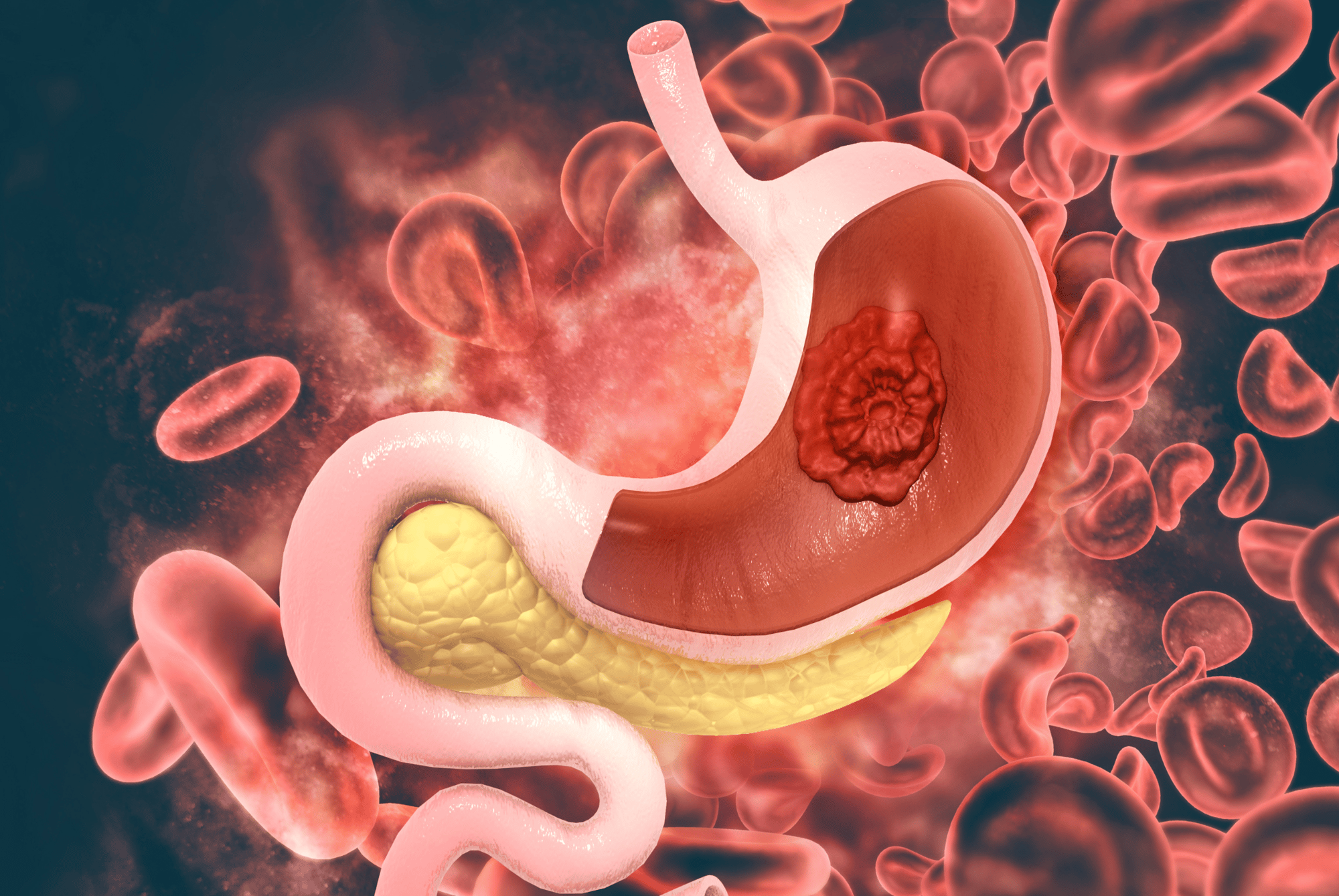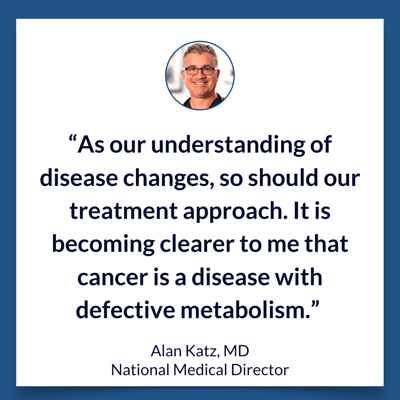For decades, avascular necrosis (AVN) of the femoral head was regarded as a degenerative...
Case Study: Gastric Cancer & Chemo Side Effects

Michael*, a 36 year old male, came to our office with Gastric Cancer and suffering with side effects after undergoing chemotherapy treatment and a total gastrectomy. His symptoms consisted of iron deficiency anemia, nutrient malabsorption, malnutrition, chronic fatigue and weakness, muscle atrophy and more.
He was exploring different healing modalities, including starting a ketogenic diet and was referred for Hyperbaric Oxygen Therapy from a clinician he was working with.
After completing his full treatment protocol, Michael's PET scan showed no evidence of disease or tumors. He gained over 40 pounds and resolved many of his chief complaints, including anemia, malnutrition, weakness, and muscle atrophy.
CASE STUDY:
Patient Age: 36
Gender: Male
Chief Complaint: Gastric cancer, diagnosed in 2020.
Health History: Patient is currently undergoing treatment with FOLFOX and an immunomodulators, via right chest access port. He previously underwent a total gastrectomy and chemotherapy. He has recently started a ketogenic diet.
Main Symptoms: Iron deficiency anemia, nutrient malabsorption, malnutrition, chronic fatigue and weakness, muscle atrophy, cachexia (mass muscle loss).
Personalized Treatment Protocol: Hyperbaric Oxygen Therapy in a hard chamber at 2.0 ATA for 90, Monday through Friday, forty sessions total.
Patient Outcome: PET scan revealed no evidence of disease and no signs of tumors. Noticeable improvement in symptoms.
Notes from the clinical team at HMS:
HBOT for Cancer Patient
When receiving treatment for cancer, Hyperbaric Oxygen Therapy can work in synergy with surgery, chemotherapy, radiation and other medications. HBOT also aims to mitigate side effects of chemotherapy, such as fatigue, nausea, and vomiting, decrease the recovery time and expedite healing after surgical procedures.
The use of Hyperbaric Oxygen Therapy to treat cancer side effects aims to reduce the damage to healthy tissue and blood vessels, helping the body become stronger and fight off the disease.

The Metabolic Approach to Cancer
The metabolic approach to cancer is a treatment strategy that targets the unique metabolism of cancer cells. Cancer cells have a different metabolism than normal cells, meaning that they need more oxygen and nutrients to survive. Hyperbaric oxygen therapy (HBOT) is a treatment that increases the amount of oxygen in the blood. This can make cancer cells more sensitive to radiation and chemotherapy, and it can also help to reduce side effects of cancer treatment.
The ketogenic diet is another treatment that is often used in conjunction with HBOT. The ketogenic diet is a high-fat, low-carbohydrate diet that forces the body to burn fat for energy. This can starve cancer cells, making them more susceptible to treatment.
HBOT works by increasing the amount of oxygen that is dissolved in the blood. This is done by breathing in 100% oxygen in a pressurized chamber. The increased oxygen levels then travel to the cancer cells, making them more susceptible to treatment.
The metabolic approach to cancer is still under investigation, but it has shown promise in some clinical trials. More research is needed to determine the long-term effects of HBOT and other metabolic therapies for cancer. However, this approach offers a new way to target cancer cells and improve the quality of life for cancer patients.
The importance of closely monitoring cancer patients
It is important to remember that cancer is a complex disease and return of disease can happen. This is why it is important to closely monitor cancer patients, even after they have achieved remission.
There are a number of ways to monitor cancer patients. These include:
- Regular physical exams
- Blood tests
- Imaging tests
- Tumor marker tests
Tumor marker tests are a type of blood test that can be used to measure the levels of certain proteins or other substances that are produced by cancer cells. These tests can be used to track the progress of cancer and to detect recurrence.
In addition to tumor marker tests, it is also important to closely monitor a patient's disease status. This includes paying attention to their symptoms, as well as their overall health and well-being. If a patient experiences any changes in their symptoms, or if their overall health declines, it is important to notify their doctor right away.
Close monitoring of cancer patients is essential for ensuring that they receive the best possible care. By closely monitoring tumor markers and disease status, doctors can detect recurrence early and take steps to prevent it from progressing. This can help to improve the chances of a patient achieving long-term remission.
Disclaimer
The names and other identifying information in this medical case study have been changed to protect the privacy of the patient. This was done in accordance with the Health Insurance Portability and Accountability Act (HIPAA), which protects the privacy of patients' health information.
The information in this case study is intended to be educational and should not be used as a substitute for professional medical advice. If you have any questions or concerns about your health, please consult with a healthcare provider.

Written by Alan Katz, MD, FUHM, FACEP, FAAEM
Dr. Alan Katz, National Medical Director of Hyperbaric Medical Solutions (HMS), is double board certified in Emergency Medicine and Hyperbaric Medicine. He directs clinical operations, education and research initiatives, and the integration of other regenerative medicine therapies....
Read More
.png?width=640&height=257&name=Untitled%20(2240%20%C3%97%20900%20px).png)


